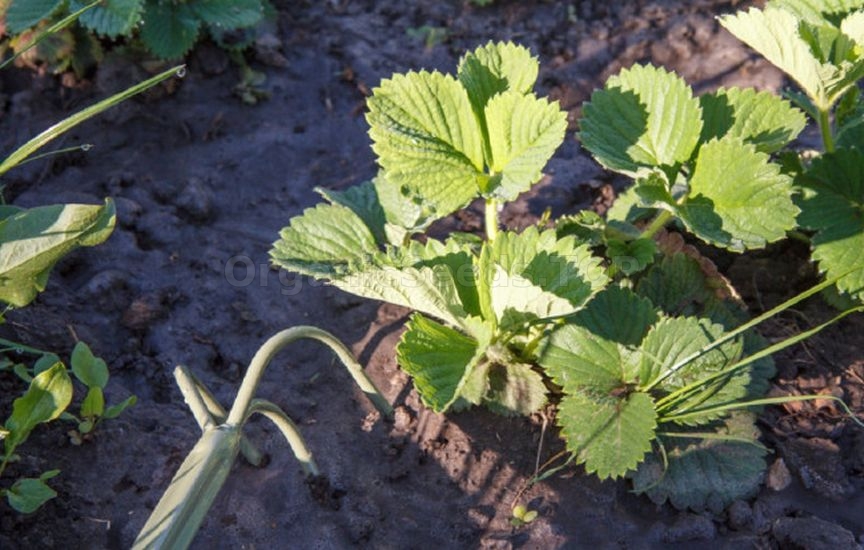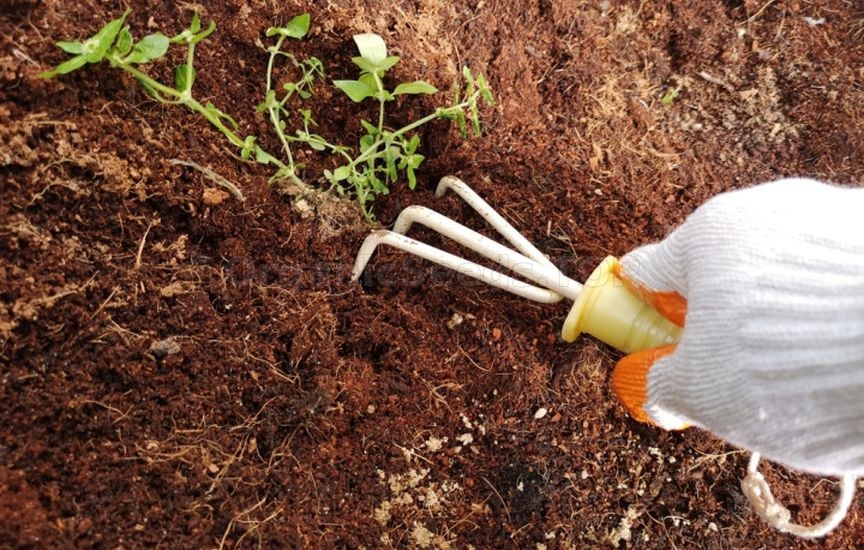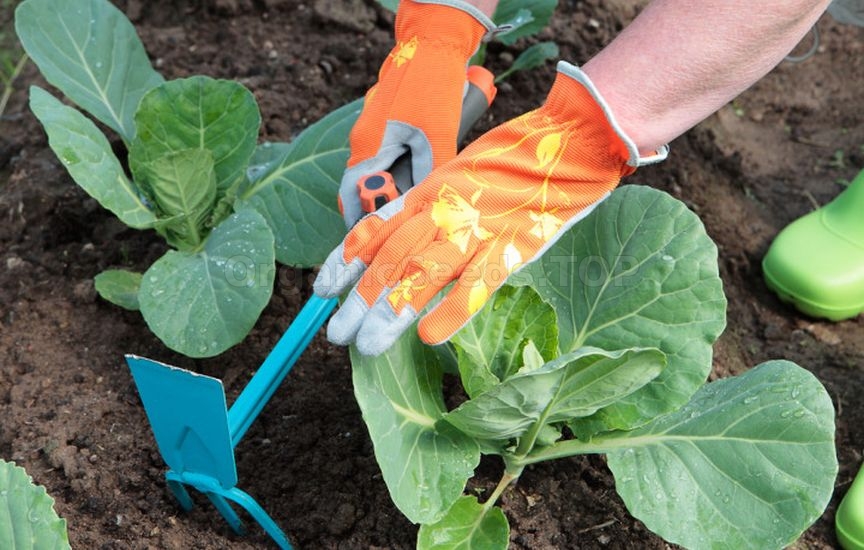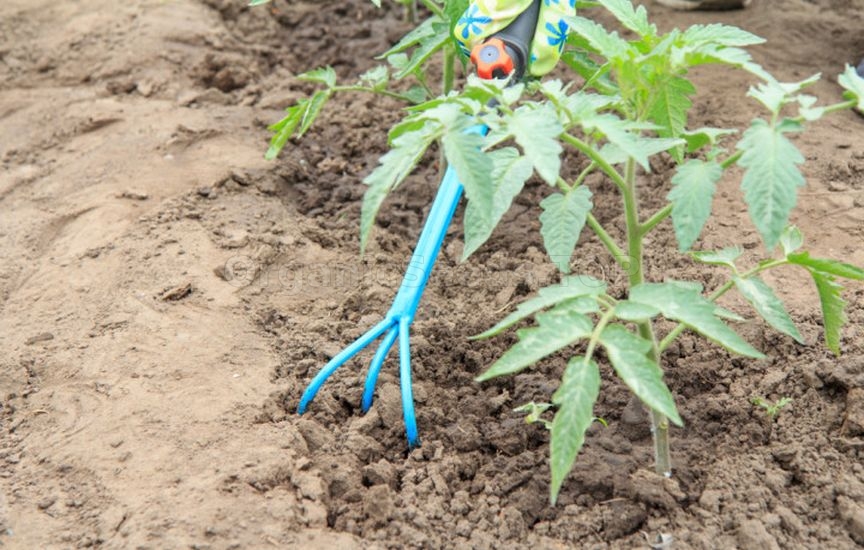«Dry watering»: what is this procedure and which plants need it |
Watering cultivated plants is one of the most important stages of agricultural technology. Vital moisture is needed to dissolve nutrients and transport them from the depths of the soil to plant cells (roots absorb water from the soil, and stomata on leaves evaporate it, ensuring a continuous flow).
 In addition, aqueous solutions provide plant tissues with turgor (which is why they are so juicy and resilient), and water also participates in the most important process for plants—photosynthesis. The frequency of watering garden beds and flower beds depends on many factors—the season, the type of soil on the plot, the shade level of planting areas, the age and size of growing plants, but primarily on temperature conditions. Obviously, in extreme heat and drought, a gardener has to run around with watering cans and hoses much more often, and this process takes much more time. For such cases, it's worth remembering that there is a method known as "dry watering," which helps save time and effort. «Watering» without water—how does it work "Dry watering" refers to the mechanical loosening of soil under and around plants. But why "watering" if water is not used in the process? Unlike "ordinary" watering, this procedure does not saturate the soil with moisture in the literal sense but helps retain it, preventing unnecessary evaporation and keeping it from being "sealed" in deep layers inaccessible to plants. What usually happens after moisture enters the soil (watering, rain, etc.)? Water saturates the soil to a certain depth; from the root-inhabited layer, plant roots "manage" to take part of the moisture, while from the higher and lower layers, it gradually evaporates, rising to the surface through microscopic capillary channels formed by the water itself. This capillary system remains until the next irrigation—meaning that after the next influx of moisture, it will be even easier for it to escape outside, causing the soil to dry out faster, leaving plants less time to "grasp" their share of water. Moreover, the "capillaries" expand, which means that during the next watering, evaporation will be even more intense, and so on.  How does "dry watering" work? Loosening the soil disrupts this capillary network—evaporation significantly decreases, moisture is retained deep in the soil, making it available to plants for a longer time. Additionally, besides disrupting the capillary system, "dry watering" aerates the soil, improving air exchange (ensuring the necessary oxygen reaches the roots). If the soil is excessively dry, compacted, or covered with a crust, loosening also improves its ability to absorb and retain moisture, while allowing air to penetrate the root-inhabited layer. Both outcomes lead to softer, more aerated soil capable of retaining moisture, which in turn reduces the volume and frequency of watering. Moreover, loosening disrupts weed roots and shoots, preventing them from fully establishing and spreading. Which plants benefit or don't benefit from «dry watering» In principle, loosening is beneficial for almost all plants; however, those with a shallow, horizontally-spread root system (such as peppers, lettuce, spinach, ephemeral flowers, etc.), and young seedlings require extra care to avoid damaging their roots. Over time, it is also advisable to limit loosening for vining crops (cucumbers, pumpkins, melons, watermelons, etc.), as their shoots spread across the ground and may even start rooting. How and when to conduct «dry watering» "Dry watering" is typically performed after classic irrigation or rainfall. However, even in dry weather, it is useful on compacted soil. Using a hoe, rake, weeder, cultivator, or tiller, the upper soil layer around plants is gently loosened without overturning it or damaging the root system. Loosening is also done in row spaces—this helps "seal" moisture in the root-inhabited layer and limits weed growth. For larger areas, mechanized tools such as cultivators or motorized tillers can be used. Remember that this is a surface-level procedure! Excessively deep loosening can harm plant roots, especially young ones. The depth of loosening depends on the type of plant roots—most flowers, berries, and vegetables need loosening at 4-6 cm, whereas root crops (beets, carrots, etc.) and large perennials may require 10-15 cm. To maximize the effectiveness of "dry watering," this loosening should be done regularly, especially after rain or irrigation, when the surface often forms a crust. If it isn’t tied directly to watering, the best time to do it is in the morning or evening when the soil is less dry and evaporates moisture less intensively than during the heat of midday. After loosening, covering the soil with mulch can further help retain moisture and suppress weed growth. As you can see, this simple and low-effort agricultural technique, when performed regularly, is an effective way to improve soil structure in gardens and vegetable patches, retain moisture, and promote proper air exchange—bringing undeniable benefits to plants. You may need:Vegetable seedsFlowers seedsOrganic fertilizers |
|
|
